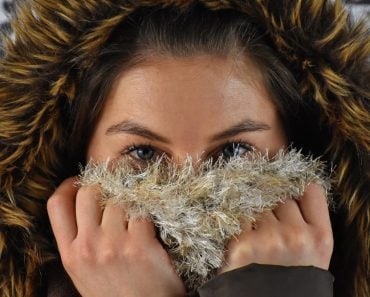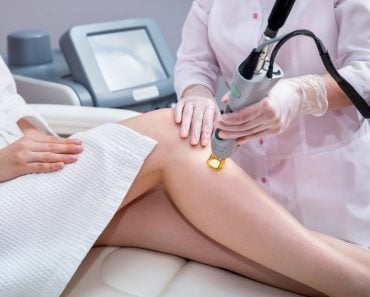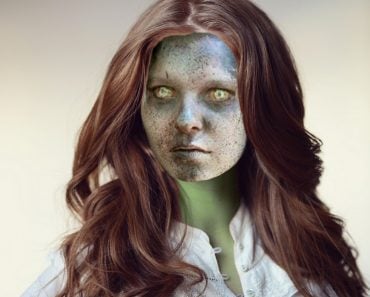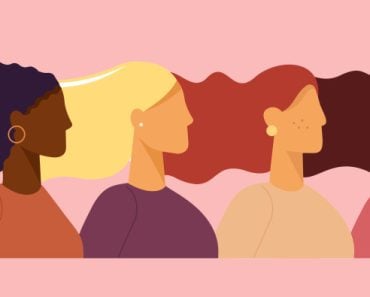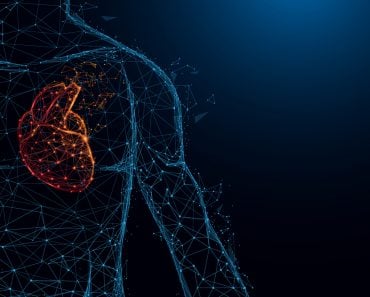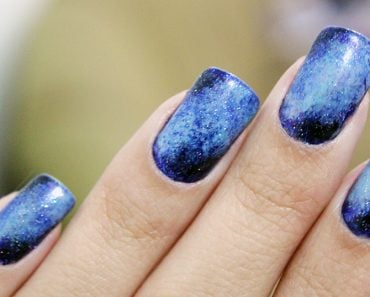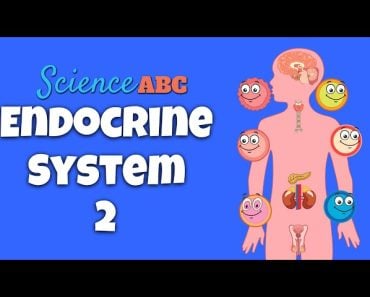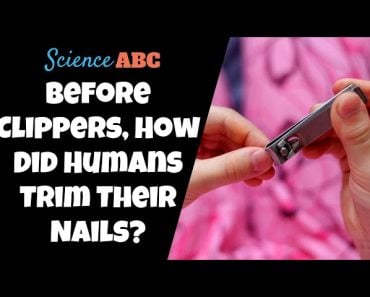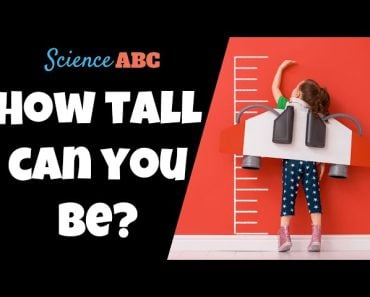Table of Contents (click to expand)
The reason that eyebrows and eyelashes don’t grow as long as head hair is because they don’t spend as much time in the anagen (active growth) phase. Head hair can spend up to 7 years in the anagen phase, while eyebrows and eyelashes only spend about 30 days in that phase.
A good number of people, especially folks living in urban settings, spend a considerable amount of time and money keeping their hair in check. And why not? A full head of hair adds some serious ‘weight’ to one’s overall physical personality. Hair on one’s head continues to grow and must be cut/trimmed roughly once every 2-3 months.
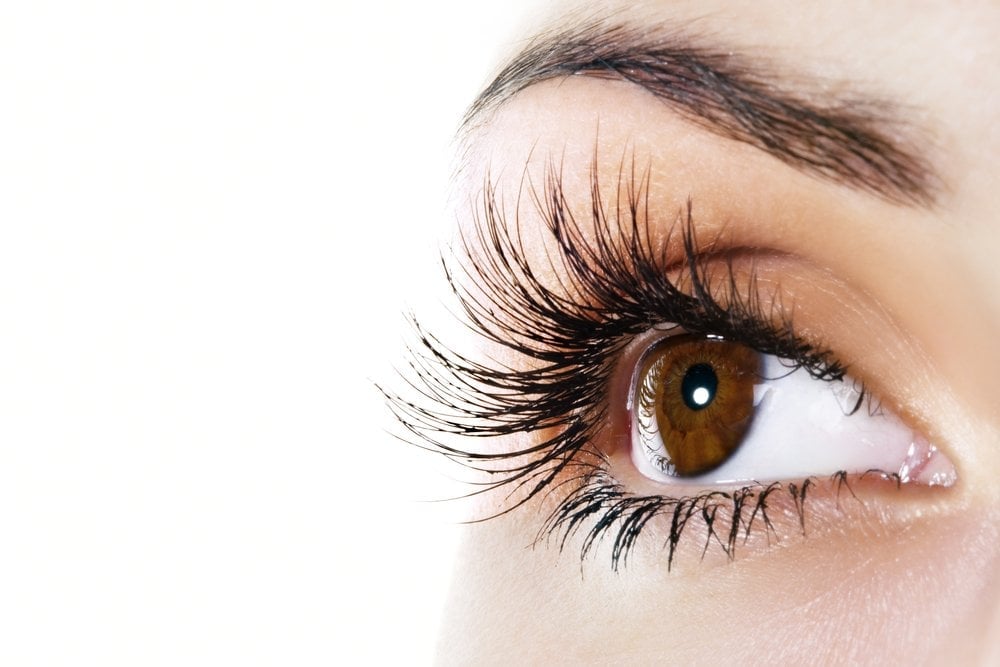
However, what about the hair on our eyebrows and eyelashes? Do you remember the last time you trimmed your eyelashes? Probably not. How is it that the hair on our eyelashes and eyebrows doesn’t grow as fast as the hair on other parts of the body?
Before we get to the bottom of this ‘hairy’ mystery, it’s important to know a thing or two about hair growth in general.
Recommended Video for you:
Hair Growth In Humans
Aside from a few parts of the body, hair is present all over human beings. That’s very good news for us, because depending on the location on the body, hair plays a vital role in thermoregulation, i.e. maintaining the core temperature by keeping us cool during the summers through perspiration and warms us through insulation in colder weather.
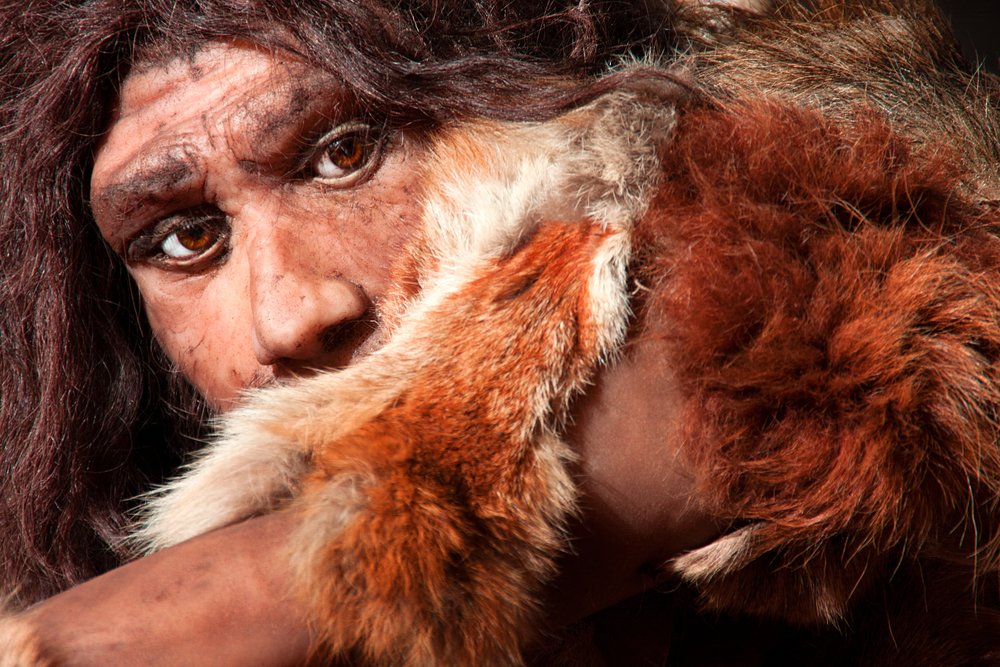
In ancient times, when woolen clothing and blankets were not common commodities, it was body hair that kept our pre-historic ancestors warm/cool in the face of an unforgiving climate.
Hair Follicle Growth Cycle
Hair follicles are mammalian organs present in the skin that are responsible for the production and growth of hair. The production of hair occurs in three main stages, excluding the formation of the specific hair follicle (called follicular morphogenesis). These stages are as follows:
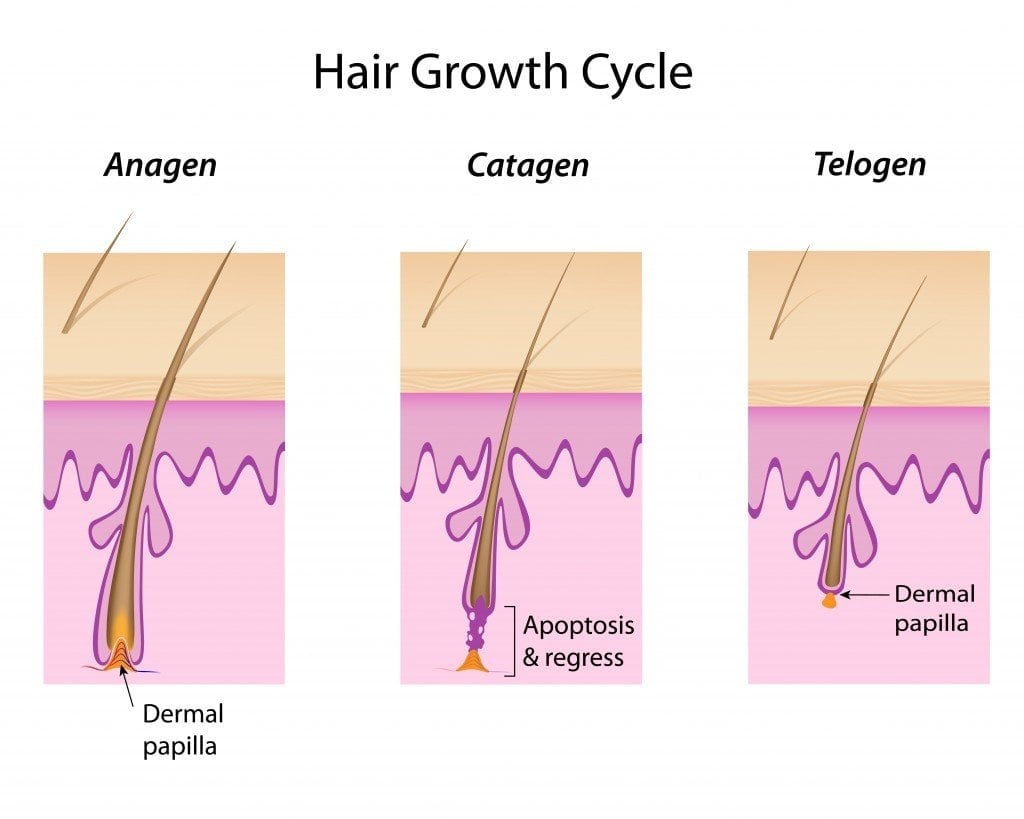
Anagen Phase
This is the active growth phase of hair follicles. During the anagen phase, the root of the hair divides rapidly and the length of the strand grows at the rate of about 1 cm every 28 days. This is the most important stage, as far as hair growth is concerned. Towards the end of this stage, hair follicles automatically enter the next phase…
Catagen Phase
This is a transition stage that marks the end of hair growth and the cutting off of the blood supply to the hair strand. This phase lasts for 2-3 weeks and converts the hair into a club hair.
Telogen Phase
After moving through two eventful phases, this is the phase where hair finally gets some rest from all that internal activity. It is in this phase that hair begins to fall, which occurs for every strand of hair on your body. In other words, don’t panic if you see a few strands of hair in your shower after washing your head; they were just finishing their run!
Why Do Eyelashes And Eyebrows Stop Growing?
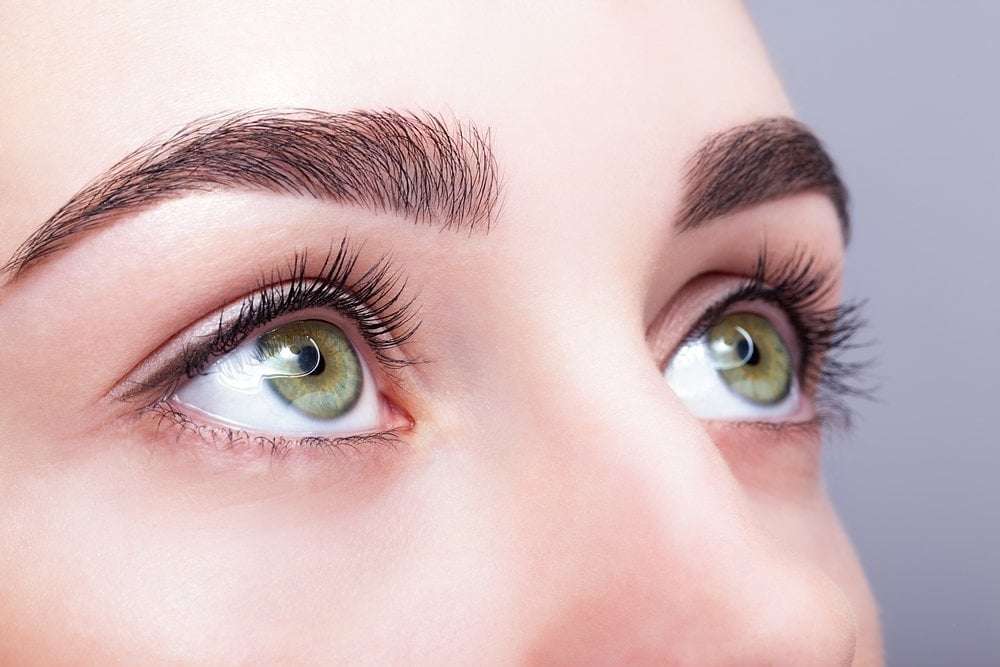
Many people think that the hair found in eyebrows and eyelashes doesn’t grow at all, that they stay the same from birth to death. However, that couldn’t be further from the truth. Hair in those areas does grow, but not as fast as hair on the scalp.
Since we’re specifically talking about ‘growing’ hair in eyebrows and eyelashes, the anagen phase provides the best explanation. Although every strand of hair on your body goes through the anagen phase, the duration for which the strand stays in the anagen phase varies hugely according to the location of the strand.
While hair on the scalp usually stays in the anagen phase for 2 to 7 years (depending on various genetic factors), the hair of your eyebrows and eyelashes stay in that phase for a meager 30 days. Therefore, they don’t get as much time to grow and become as long as the hair on your head.
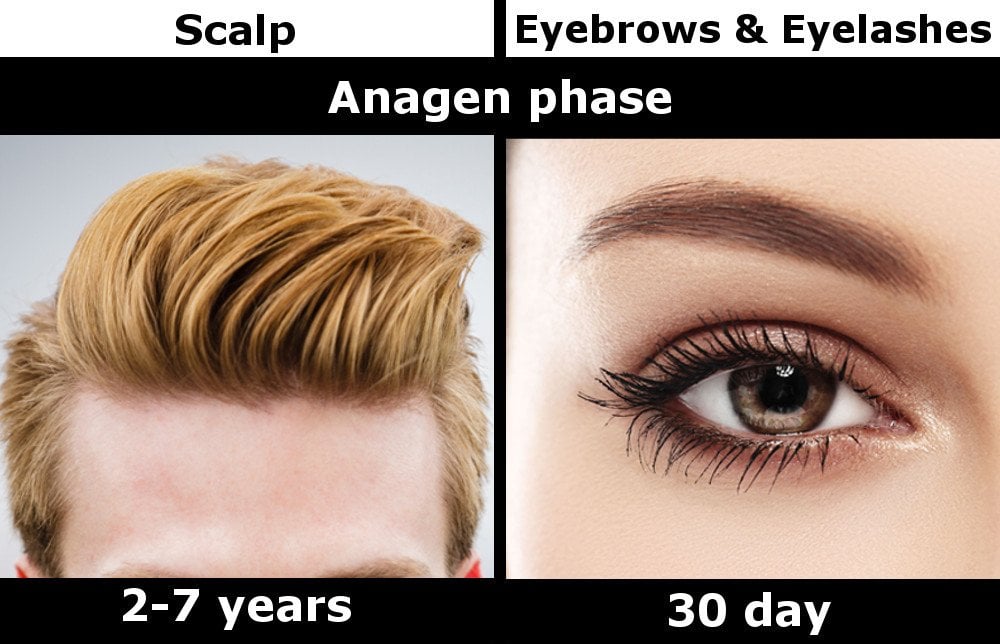
If the hair of our eyebrows also experienced a longer anagen phase, our eyebrows and eyelashes would be much longer than they are now, but that would probably get very annoying, very quickly, don’t you think?


